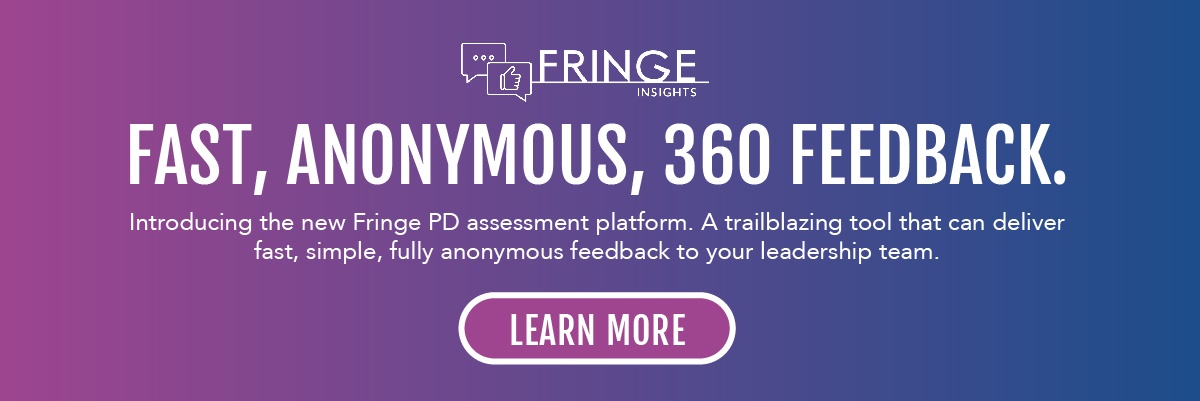Client confidentiality, firm structure, administrative workloads, billing sensitivities and the legal profession’s perceived resistance to change can all pose challenges for even the most capable administrators and their partners.
How can firm leadership successfully manage these unique client-vendor relationships? The key lies in skillful change management and collaboration between the firm’s operational teams and outside providers. To effectively navigate change, administrators must integrate their partners into the organization’s processes as well as its culture. This requires a coauthored roadmap, a rational execution strategy and a good measure of subtle finesse.
RISK VS. BENEFIT
Before undertaking any journey, it’s beneficial to understand the pitfalls that may sidetrack or thwart a successful outcome. For the legal profession, process is almost as important as relationships. Hiring an outside entity to create change presents challenges unlike the day-to-day practice of law. Obviously, a poorly executed project is a waste of cash ― hours spent on a project with little yield add up in the loss column.
Team morale suffers when support staff are either left out of the execution equation or feel threatened by outside “consulting.” When staff retention suffers, a disproportionate amount of effort must be spent on recruiting and training to maintain operations. This snowball effect can creep into attorney-client relationships and ultimately affect the firm’s financial footing.
The benefits of successful business partner relationships, however, greatly outweigh the risks when done well. Typically, firms bring on a partner to improve processes and deliver predictable outcomes. The first benefit is sustained profitability through combined reductions in operating costs and an increase in revenues collected. Improved internal processes eliminate employee pain points, boost morale throughout the firm and help teams function more efficiently. And when teams function better, they serve clients better — whether it be by eliminating friction, such as billing errors, or freeing up attorneys to focus on nurturing client relationships instead of client administration and troubleshooting.
An often overlooked positive externality of optimized back-office functions is predictability — in service levels, risk exposure and cashflows. Predictability generates transparency and trust in achievable expectations, which results in better relationships between law firm stakeholders, their vendors and the end-client. Better relationships produce successful outcomes, which produce more business.
RELATIONSHIPS AND CULTURE ARE ESSENTIAL
So how do firm administrators avoid the pitfalls and reap the rewards of incorporating outside assistance into the organization? Begin by establishing a relationship with key contacts, preferably the business partner’s top executives. Start simple ― begin by establishing rapport across functionalities. The fact of whether a vendor is trusted or even liked sets the tone for the rest of the relationship.
Take the time to educate. While it’s crucial to make the vendor fit your culture, be sure to share that culture, including your firm’s expectations of formality, responsiveness and client interaction. Do they return phone calls and email promptly? Have they delivered their information in a timely manner? What’s the general attitude of more junior personnel? Remember, these staffers, whether they’re help desk personnel or IT managers or billing specialists, will be interacting with your teams and your clients on a daily basis. Do they meet your level of customer service? Do you trust them?


